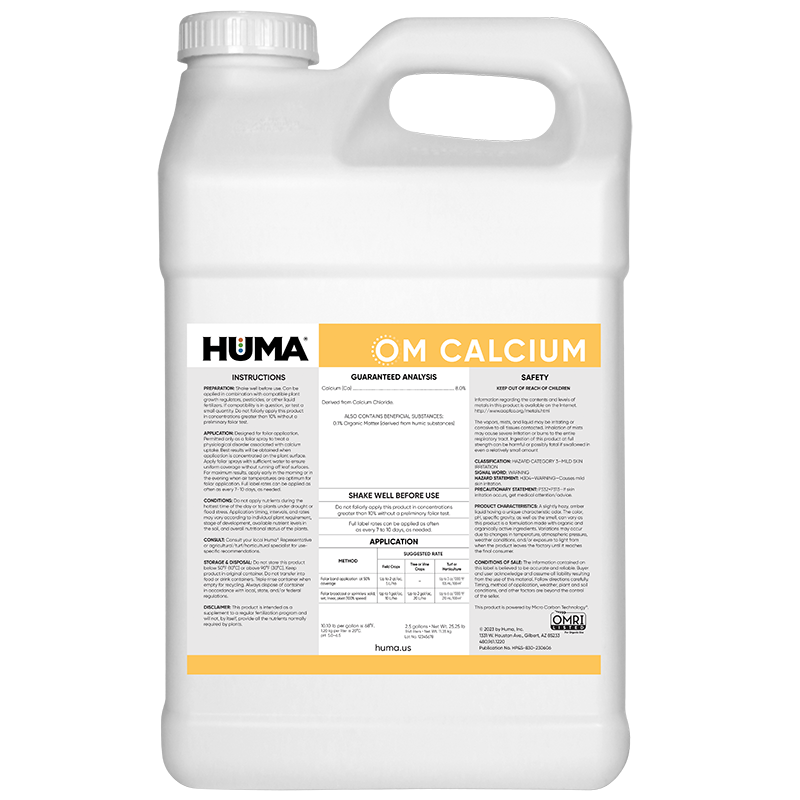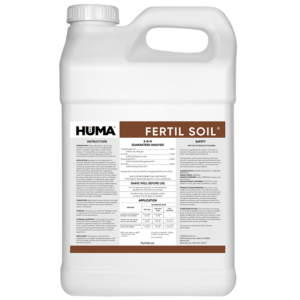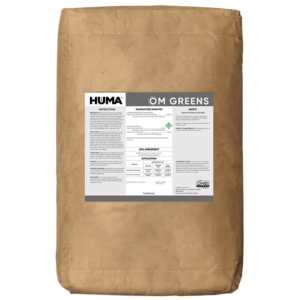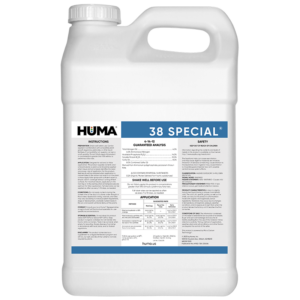OM CALCIUM
Benefits of Use:
- Effectively treats calcium deficiency symptoms
- Provides quick crop response and can be applied just prior to actual crop need
- Can be applied foliarly (according to label directions) without risk of phytotoxicity
- Can be effectively tank-mixed with other organic crop inputs
- Reduces susceptibility to environmental stresses
- Promotes early root growth
- Increases stalk strength and reduces lodging in grain crops
- Increases shelf life and reduces shipping and storage disorders in fruits and vegetables
- Promotes maturity and improves fiber quality in cotton
- Enhances nodulation in legumes
- Promotes maturity and viability in seed crops
FAQs
Related Products
Related Case Studies
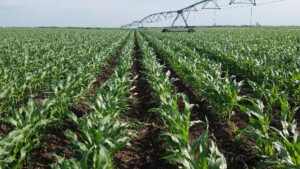
Huma® Organic Fertilizers Easy to Use, Improve Yield on Organic White Corn
Objective The objective of this field trial was for the grower to evaluate the ease of use and the effectiveness of 4 OMRI-Listed liquid Huma® organic crop nutrition products based on known field deficiencies. Materials & Methods The organic producer provided 2 80-acre plots of organic white corn in eastern Nebraska that was at the
Related Blog Posts

#FarmersMarketWeek: The Shortest Distance to Better Eating
#NationalFarmersMarketWeek: The Shortest Distance to Better Eating What is food really grown for: nutrition, taste, or just to survive a long supply chain? The truth may surprise you. This National Farmers Market Week, we explore why much of our food is grown to be shipped, not savored, and how local farmers' markets offer a fresh, flavorful, and community-powered alternative.

Earth Day: “It’s Getting Better All the Time”
Celebrating Earth Day every April 22 is a great time to pause and reflect: How are we, today, treating the environment and the plants, animals, and people who live in it? What have we accomplished in the past year that makes our planet a better, more sustainable place to live and raise our families? What are our goals for future improvement?

BHN Sponsors Online Course on Sustainable Organic Agriculture Production
To help increase awareness about sustainable agriculture production, Bio Huma Netics, Inc., (BHN) is sponsoring a FarmProgress course for Certified Crop Advisers (CCAs) and Pest Control Advisers (PCAs) in the United States and Canada. This free online continuing education course, titled “Organic/Sustainable Agriculture Production -2022” aims to help working professionals learn about sustainable farming practices

